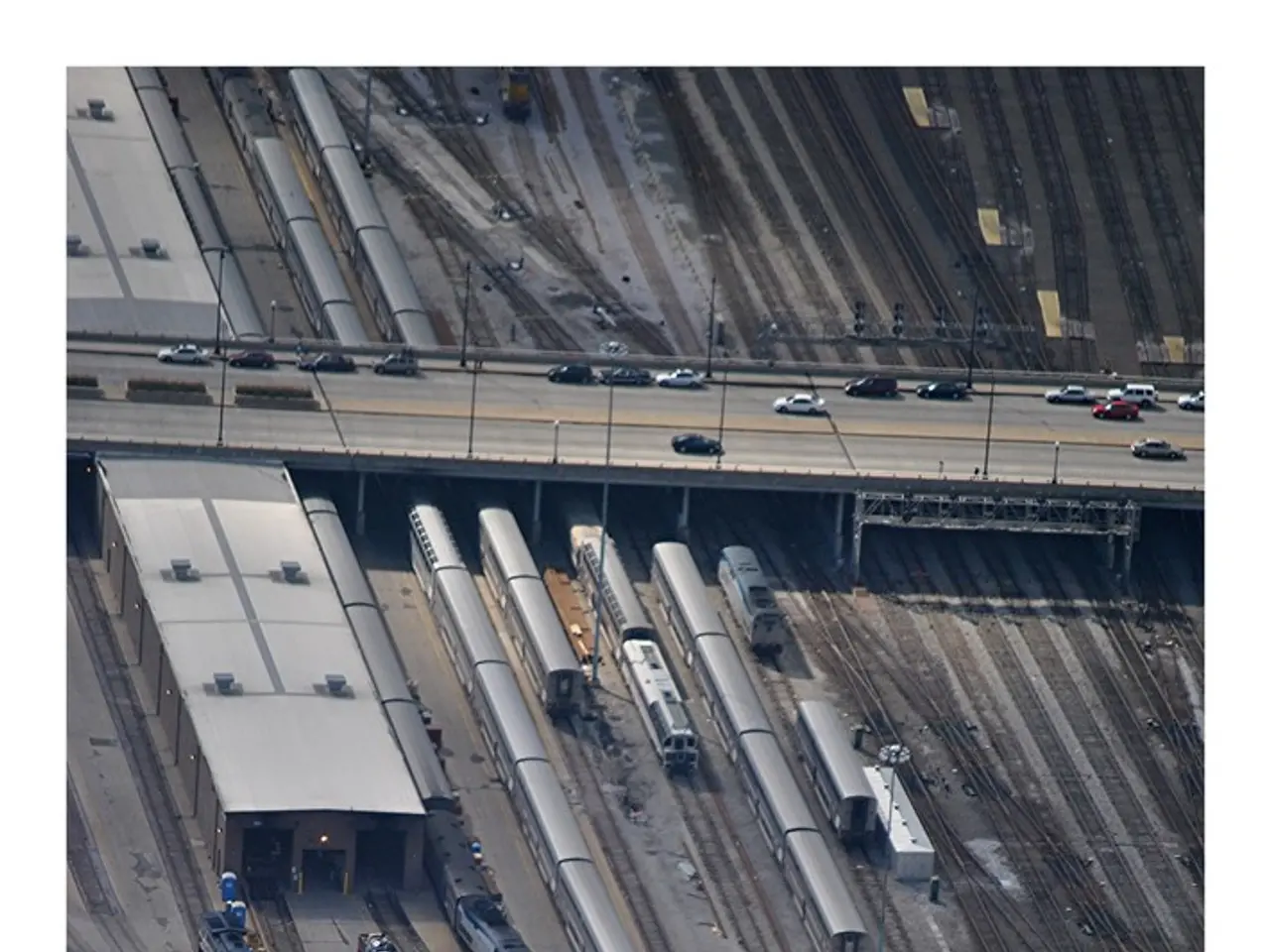Searing temperatures of 100 degrees Fahrenheit affect broad areas across the U.S., with over 150 million people in the grip of heat warnings.
Extreme Heat and Severe Storms Sweep Across Eastern U.S.
A relentless heatwave and severe storms are currently affecting a significant portion of the United States, particularly the Southeast, South, Midwest, and parts of the Northeast. The heatwave, caused by a heat dome anchored over the eastern U.S., has resulted in triple-digit temperatures in several states.
In the past few days, severe storms have been impacting the Plains, with over 200 storm reports and 16 wind reports of at least 75 mph recorded on Monday across the Dakotas and Iowa. The storm systems are expected to continue, with a high risk for Tuesday in the northern and central regions, carrying damaging winds, hail, and isolated tornadoes.
The heatwave is causing heat index values to reach between 105°F to 120°F, particularly in the Central Plains, Midwest, Mississippi, and Ohio valleys. Cities like Charlotte, North Carolina; Nashville, Tennessee; Jacksonville, Florida; Memphis, Tennessee; Washington, D.C.; Philadelphia; Baltimore; and New York City are experiencing near-record or record-breaking temperatures. Some places are seeing 100°F or above for the first time in decades or official heatwaves such as NYC reaching 90°F for three consecutive days.
Overnight lows are unusually high, potentially breaking record high minimum temperatures in states including Alabama, Arkansas, Florida, Georgia, Kentucky, Louisiana, Missouri, South Carolina, and Tennessee. Authorities in major Northeast cities have declared heat emergencies, opening cooling centers and urging conservation to protect residents and the electrical grid.
As many as 4 million people are at risk of severe storms on Tuesday across the northern and central Plains. Meanwhile, more than 120 million Americans across 28 states remain on heat alerts, with some relief expected in the Northeast starting Thursday, but extreme heat continuing in the Deep South and Gulf Coast areas over the weekend.
By Thursday, the heat will break for the Midwest, the Great Lakes, and the Northeast. However, the mid-Atlantic and the Northeast could be at risk for urban flash flooding due to thunderstorms. The central Plains and New Mexico are under a flood risk due to the storms producing rainfall rates of up to 2 inches an hour.
Air quality alerts have been issued from Rhode Island to Delaware, and the New York City Department of Citywide Administrative Services issued a warning stating, "Be careful. Today is an air quality alert day meaning the air is unhealthy for sensitive groups."
Record temperatures are likely on Tuesday in the Northeast and Florida, with cities like Hartford, Connecticut; Newark, New Jersey; Tampa and Orlando in Florida; and Philadelphia potentially reaching low-100s. The extreme heat and stormy conditions are expected to persist through early August, making it crucial for individuals to stay informed and take necessary precautions.
[1] Weather.com [2] CNN [3] USA Today [4] NBC News
1) The ongoing heatwave and severe storms, labeled as extreme climate-change events, have caused unusual heat index values and high-risk weather conditions, particularly in environmental-science focus areas such as the central Plains, Midwest, Mississippi Valley, and various cities in the Northeast.
2) The accumulation of record-breaking temperatures, unseasonably high overnight lows, and storm systems producing heavy rainfall in different regions may contribute to long-term climate-change trends, driving the necessity for further research and action in the field of environmental-science to address and mitigate these weather-related challenges.








